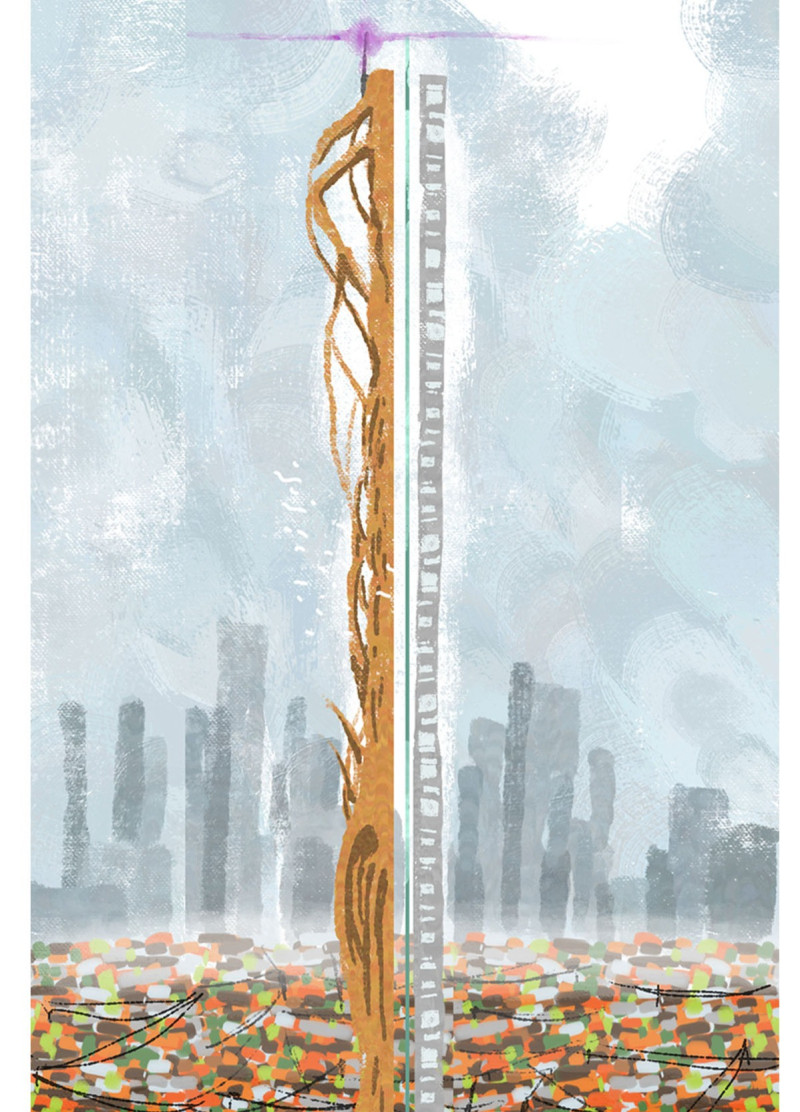5 key facts about this project
Faber-Faber is a project aimed at creating an environment for interaction between humans and extraterrestrial visitors. Located in Tanah Abang, Jakarta, it focuses on knowledge sharing and cultural integration. The design includes two towers, Faber I and Faber II, each with distinct purposes but connected through a common goal of coexistence.
Design Concept
The design presents two towers that cater to both human residents and incoming extraterrestrial guests. Faber I serves as a welcoming space, allowing newcomers to settle and begin their lives on Earth. It is designed to offer comfort and approachability, making it easier for visitors to adapt to their new surroundings.
Transparency and Interaction
Faber II is organized in a way that allows for visibility into the daily routines of its inhabitants. This openness showcases different aspects of life, from personal interactions to essential services like electricity and plumbing. By revealing these everyday activities, it encourages understanding between humans and visitors from other worlds, enriching the experience for all.
Material Considerations
Altered clay is the primary material used in the construction of Faber I. This choice emphasizes a connection to local resources and highlights a commitment to sustainability. Using materials that are sourced nearby not only supports environmental responsibility but also ties the structure closely to its setting in Tanah Abang.
Cultural Integration
The design promotes community engagement and interaction, reflecting the importance of cultural exchange. Spaces within the towers are designed to accommodate social activities and daily life, laying the groundwork for future dialogues among different intelligences. The thoughtful arrangement of these areas encourages collaboration through shared experiences and fosters a sense of belonging.
The configuration of Faber-Faber allows the two towers to communicate with each other in meaningful ways. This interaction creates a rich space that respects human life while preparing for potential encounters with extraterrestrial intelligence. The design ultimately emphasizes the importance of connection and understanding in a diverse world.



















































